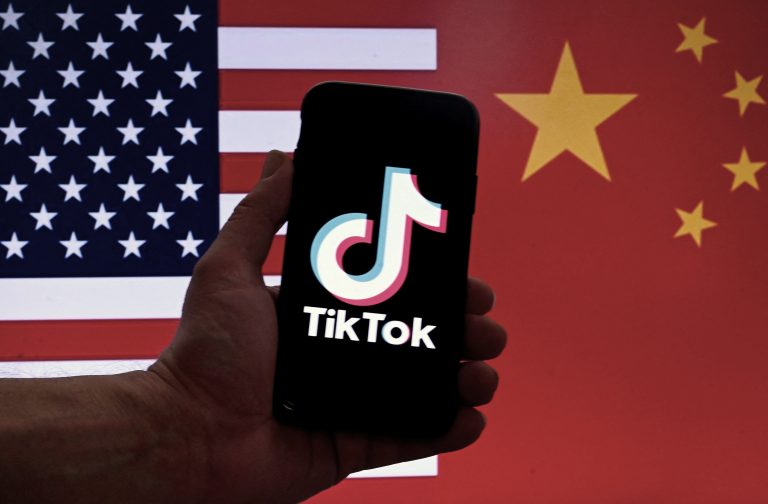Semiconductor giant Qualcomm cautioned investors durings its Q2 ‘23 earnings call that the “evolving macroeconomic backdrop” has led to “further demand deterioration.”
In specific, company executives told investors that demand destruction was not only “particularly in handsets,” but “at a magnitude greater than we previously forecasted.”
The dark horizon was certainly manifest in reported financials, which showed a 17 percent decline in revenue combined with a painful 45 percent decline in earnings before taxes compared to Q2 ‘22.
Qualcomm stock plummeted in postmarket trading, falling to $105.41 after starting the day at $116.82.
MORE ON SMARTPHONES AND THE CHINESE ECONOMY
- Chinese Android Phones Awash With Spyware, New Research Reveals
- Consumer Electronics Demand Down ‘Especially in China’ Says TSMC Chief
- In 2022, Expect China’s Economy to Worsen Further
One of the key factors in demand destruction appears to be the economic situation in mainland China under the Communist Party.
Success
You are now signed up for our newsletter
Success
Check your email to complete sign up
“Additionally, while expectations are for a rebound in China demand in the second half of the calendar year, we have not seen evidence of meaningful recovery and are not incorporating improvements into our planning assumptions,” CEO Cristiano Renno Amon stated just minutes into the call.
China’s economy was widely anticipated to rebound and serve as a bullish catalyst for world markets after the dissolution of the Party’s Zero-COVID whole-of-society lockdown and social credit system policy following unprecedented protests on Chinese soil, including at competitor Foxconn’s iPhone factory in Zhengzhou.
But about the only industry that seemed to have benefitted from a relaxation of the CCP’s pandemic measures was tourism, which saw record outflows of tourists from the mainland to South East Asian locales in celebration of the Lunar New Year.
Despite reports that the COVID-19 pandemic in China has caused casualties exponents of magnitude greater than the 120,961 the Communist Party officially reports as of time of writing according to Our World in Data, nearby countries appeared to never manifest an increase in cases or deaths after an influx in tourists, perhaps indicating that Wuhan Pneumonia is a disaster targeting the CCP.
Qualcomm CFO Akash Palkhiwala likewise told investors that between Q2 ‘22 and ‘23, “global handset sell-in units” fell by 14 percent.
“We now expect global 3G, 4G, 5G handset units in calendar ’23 to be down at least a high single-digit percentage relative to calendar ’22, which is lower than our prior expectation,” Palkhiwala added.
“Given the weaker handset forecast, until demand normalizes and visibility improves, we anticipate that customers will remain cautious with purchases and reduce channel inventory risk further,” the CFO continued.
When answering a question from a JP Morgan analyst “about how much of your pipeline is reliant on China electric vehicle volumes,” Palikhiwala’s comments also revealed that the mainland’s automotive demand is suffering.
“We have seen, I think, consistent with the overall theme of China, some weakness in China auto,” Palkhiwala stated.
The CFO also told an analyst from TD Cowen’s Research Division that “China [is] playing a significant role” in weakening another key aspect of Qualcomm’s market: the internet of things.
In analyzing the CCP’s about-face on its One Child Policy to a Two and then a Three Child Policy in June of 2021, Vision Times explained how a decrease in cellular phone sales was an ominous harbinger for the real situation inside the country, “One of the most concerning datasets that may shed light on how real the pandemic in mainland China was is that of monthly new cellphone users reported by China’s big three telecoms.”
“The mainland is a society where citizens live or die by their mobile phones in order to pay for goods and services in a cashless society and show credentials at different CCP checkpoints,” our article pointed out.
Summarizing, we stated, “The statistics show a net 3.9 million phones went offline in November of 2019, 2.9 million in December, 1.6 million in January of 2020, and a staggering 19.4 million in February.”
An April 27 sector analysis by Counterpoint Research stated that the mainland’s smartphone sales fell 5 percent in Q1 compared to ‘22, especially notable in that it marked “the lowest Q1 sales figure since 2014.”
The pattern is a continuation of a trend. In October of 2022, analysis firm Canalys stated that the mainland’s Q3 ‘22 smartphone demand had dropped 11 percent year over year.
The reports were covered by South China Morning Post on April 27, which quoted Canalys analyst Lucas Zhong as admitting that the release of Zero-COVID “has not brought any significant boost to the demand for smartphones.”
In January, Singapore-based firm IDC reported that total 2022 mainland China smartphone market growth fell 13.2 percent overall across the course of the year.
Domestic companies such as Xiaomi, OPPO, and Vivo fell upwards of 28 percent. The overall figure was offset by a marginal 4 percent decline reported by Apple and a 34 percent increase by Honor, a spinoff brand of Huawei.















